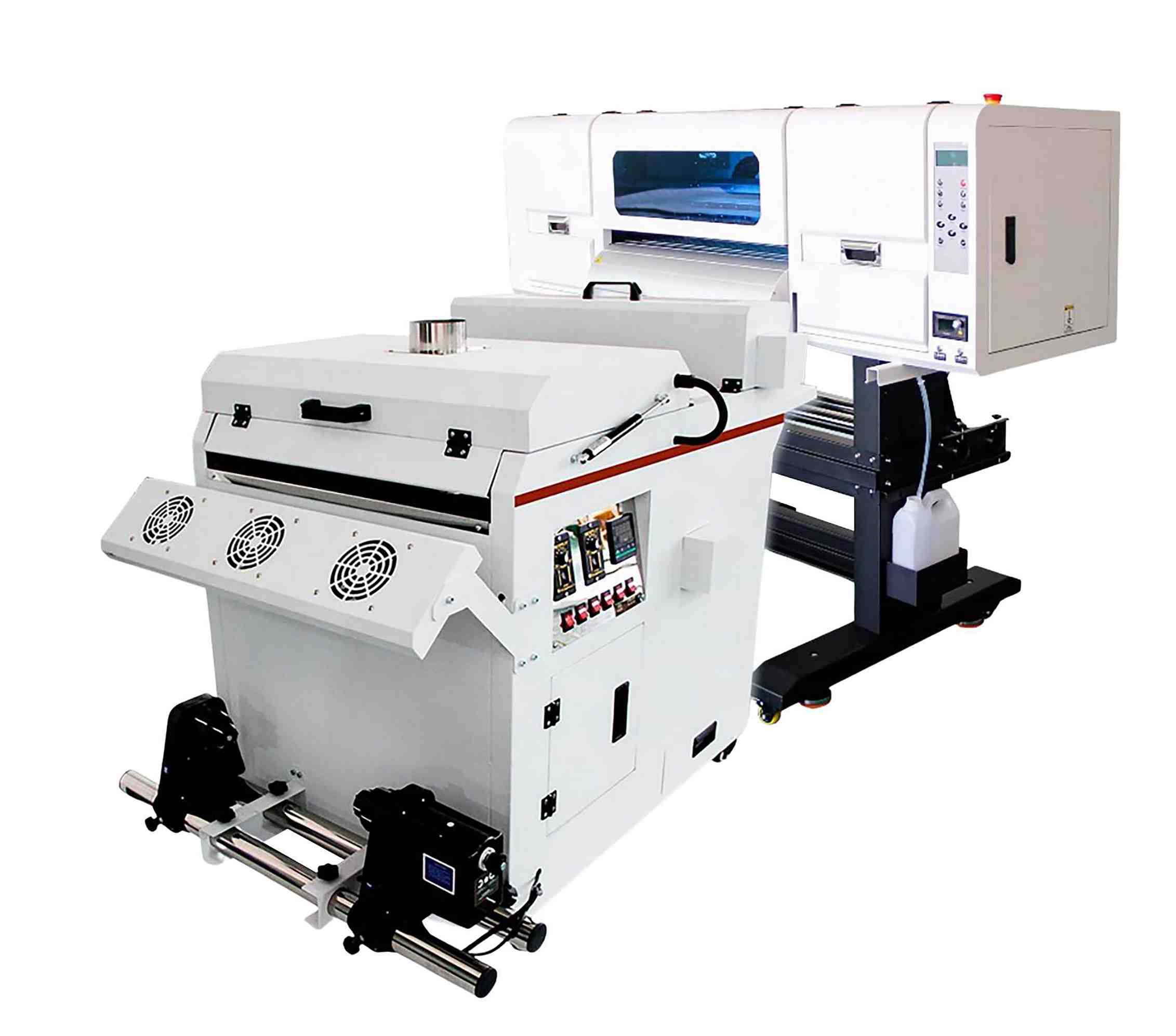DTF Printing Mastery: Raise Your Fabric Creations with Direct-to-Film Technology
DTF Printing Mastery: Raise Your Fabric Creations with Direct-to-Film Technology
Blog Article
Grasping DTF Printing: Advice for Getting Vibrant and Resilient Prints
Worldwide of fabric printing, attaining sturdy and dynamic prints is a coveted ability that can elevate the quality of your result. Grasping DTF (Straight to Film) printing calls for a blend of technical expertise, precision, and focus to detail. From picking the right products to make improvements print setups and refining post-printing finishing methods, there are many aspects that can influence the result of your prints. Understanding exactly how to browse these complexities can make all the distinction between a mediocre outcome and a really extraordinary one.

DTF Printing Fundamentals
For those new to the globe of textile printing, understanding the fundamentals of DTF printing is important to grasping this innovative method. Straight to Film (DTF) printing is a modern-day method that entails moving styles from a special film onto different fabrics utilizing a warm press. Unlike standard approaches like display printing, DTF provides benefits such as dynamic colors, detailed describing, and the capability to publish on varied materials like cotton, polyester, and blends.
The process begins by printing the design on an unique DTF film utilizing a compatible printer with CMYK or CMYKW ink sets. Once the design is published, it is then cured with a warm press to develop a resilient and durable print. DTF printing is recognized for its ability to reproduce intricate styles with high precision and color precision, making it a prominent option for services wanting to create personalized clothing, advertising things, and a lot more.
Picking the Right Materials

The adhesive powder acts as a bonding representative in between the printed style and the material, so it must have solid adhesion residential or commercial properties to make sure a long-lasting and durable transfer. By thoroughly choosing the right products for DTF printing, official website printers can enhance the quality, vibrancy, and long life of their prints.
Optimizing Print Settings
When intending to achieve the best outcomes in DTF printing, meticulous attention to maximizing print setups is vital for making sure precise and top quality transfers onto fabrics. One essential element to consider when optimizing print settings is the resolution.
Another essential setting to maximize is the print rate. Discovering the ideal balance in between rate and high quality is essential. While boosting the speed can enhance performance, it might compromise the last print's clearness and shade saturation. Trying out different speeds and observing the outcomes can assist determine the optimal setup for each and every print task - DTF Printing.
Furthermore, adjust shade accounts and ensuring proper color monitoring are crucial for achieving regular and precise shades throughout various prints. By calibrating color setups and accounts, printers can lessen shade variances and create consistent outcomes, improving the total print top quality and client satisfaction.
Preparing Artwork for DTF Printing
Convert the art work to CMYK color setting to guarantee that the shades convert precisely from screen to print. Remember to mirror the last style prior to publishing to make sure that it transfers properly onto the garment. By adhering to these steps and paying close attention to the information, you wikipedia reference can prepare art work that is enhanced for vibrant and resilient DTF prints.
Post-Printing Finishing Techniques
Executing efficient post-printing finishing methods is vital to enhancing the resilience and visual allure of DTF prints on fabrics. When the printing process is full, applying heat to the published design is necessary.
After heat pressing, peeling the pet dog movie very carefully is a vital action. This procedure must be done slowly and continuously to stop any type of damages to the print. Once the film is gotten rid of, the print may need additional healing time Our site to even more set the ink into the textile. This step assists boost the washability and sturdiness of the print, guaranteeing it can endure several laundry cycles without fading or breaking.
Furthermore, cutting any type of excess film around the layout can provide the last print a clean and expert look. Making the effort to properly finish DTF prints post-printing can dramatically affect the overall quality and longevity of the textile layout.

Verdict
In final thought, mastering DTF printing requires a complete understanding of the basics, selecting ideal materials, maximizing print settings, preparing art work efficiently, and utilizing post-printing finishing strategies. By adhering to these pointers and tricks, one can achieve vivid and long lasting prints that meet their preferred top quality standards. Consistent method and attention to information are crucial in achieving effective outcomes in DTF printing.
From picking the right materials to make improvements print settings and refining post-printing ending up strategies, there are various variables that can affect the outcome of your prints. Unlike typical methods like screen printing, DTF supplies benefits such as vivid colors, detailed detailing, and the capability to publish on varied materials like cotton, polyester, and blends.
When the layout is printed, it is after that treated with a heat press to create a long-lasting and long lasting print.When aiming to achieve the ideal outcomes in DTF printing, meticulous focus to optimizing print setups is important for guaranteeing premium and precise transfers onto textiles.In verdict, grasping DTF printing needs an extensive understanding of the fundamentals, choosing appropriate materials, enhancing print setups, preparing artwork efficiently, and using post-printing finishing methods.
Report this page